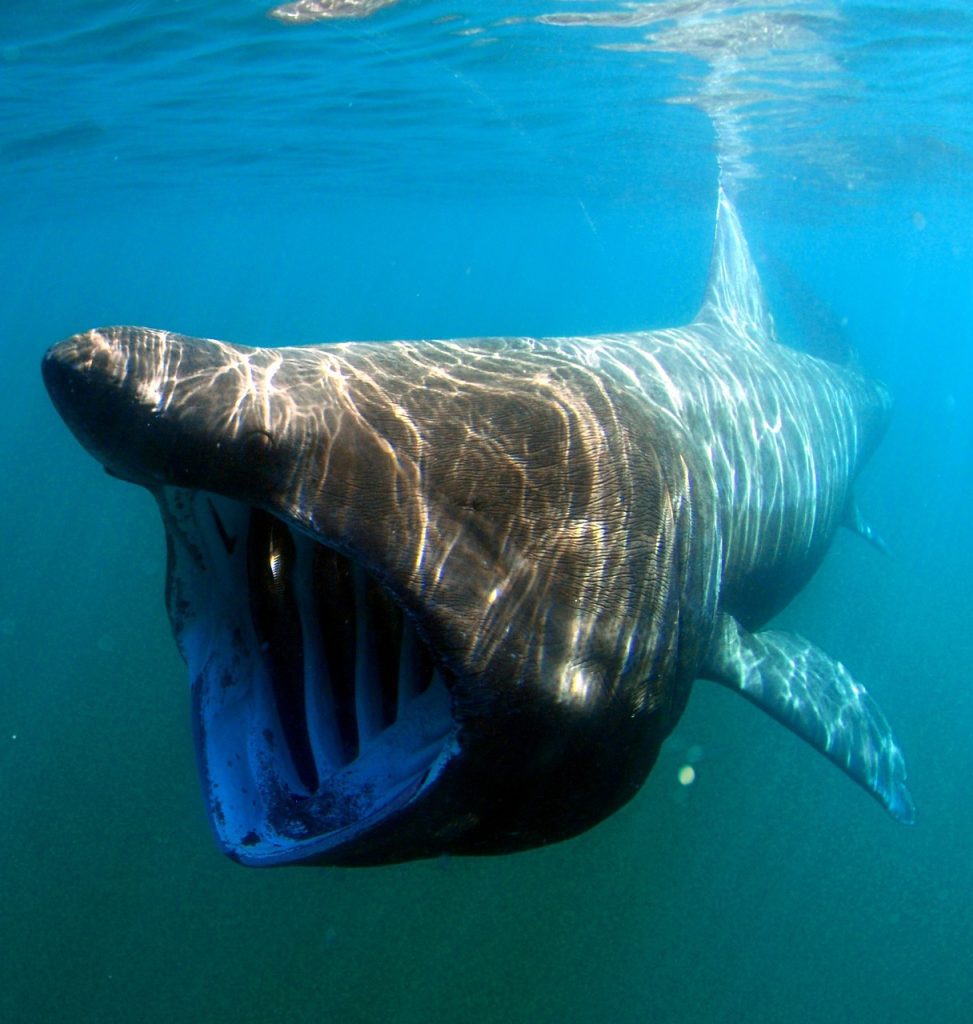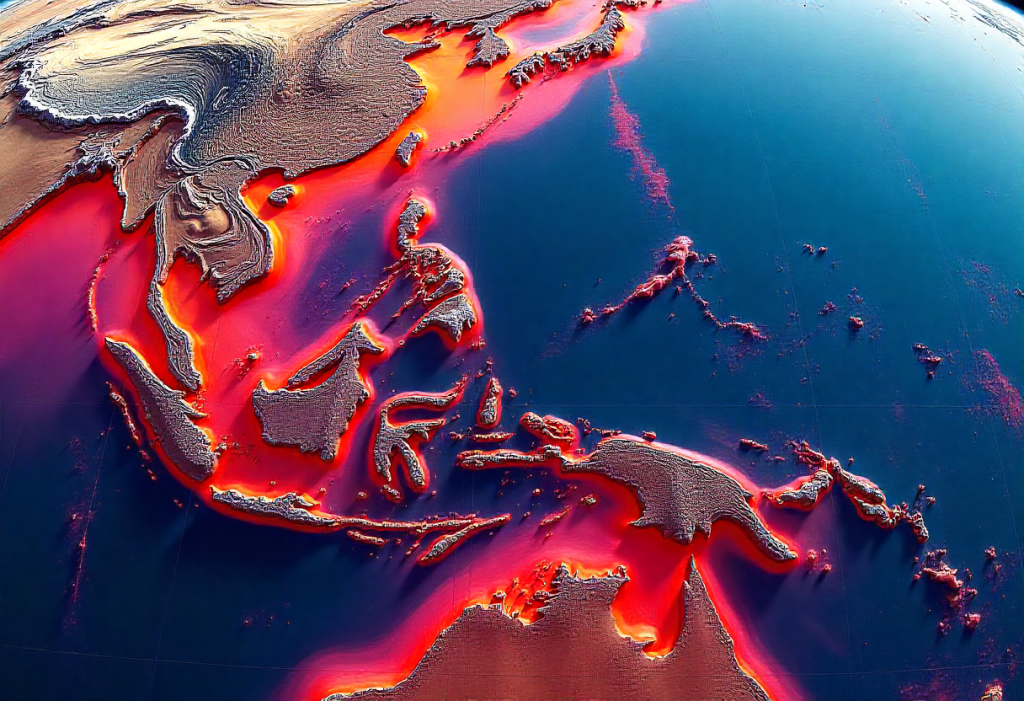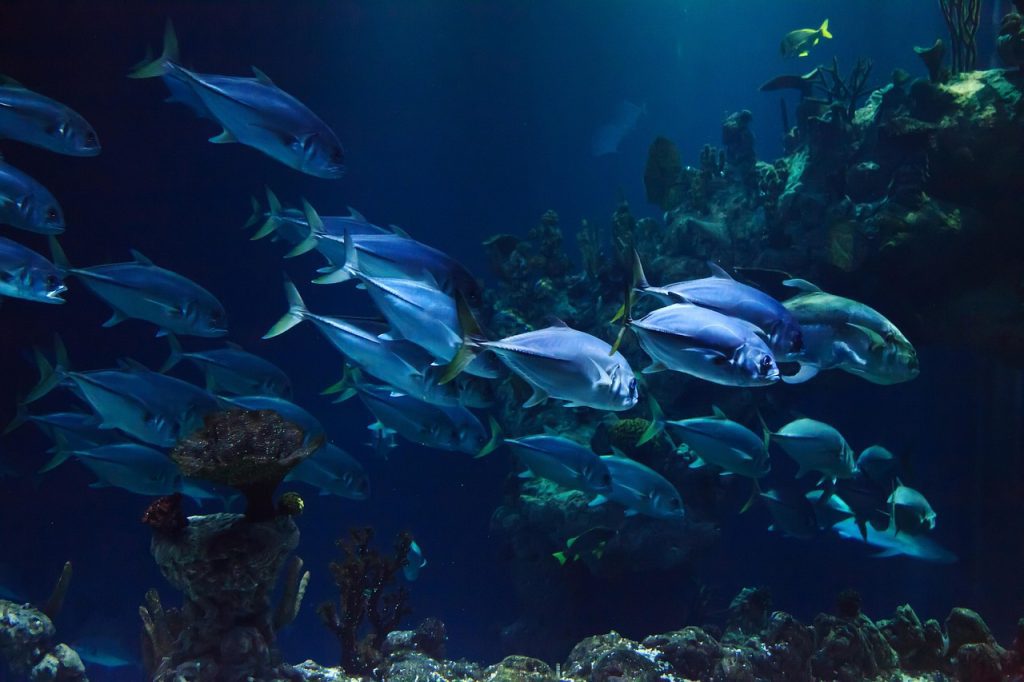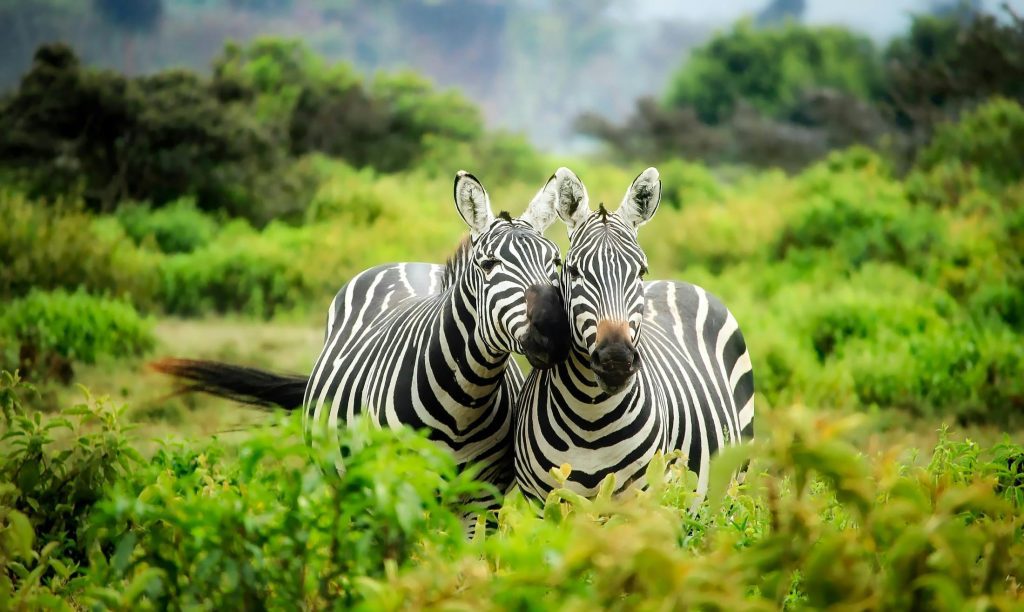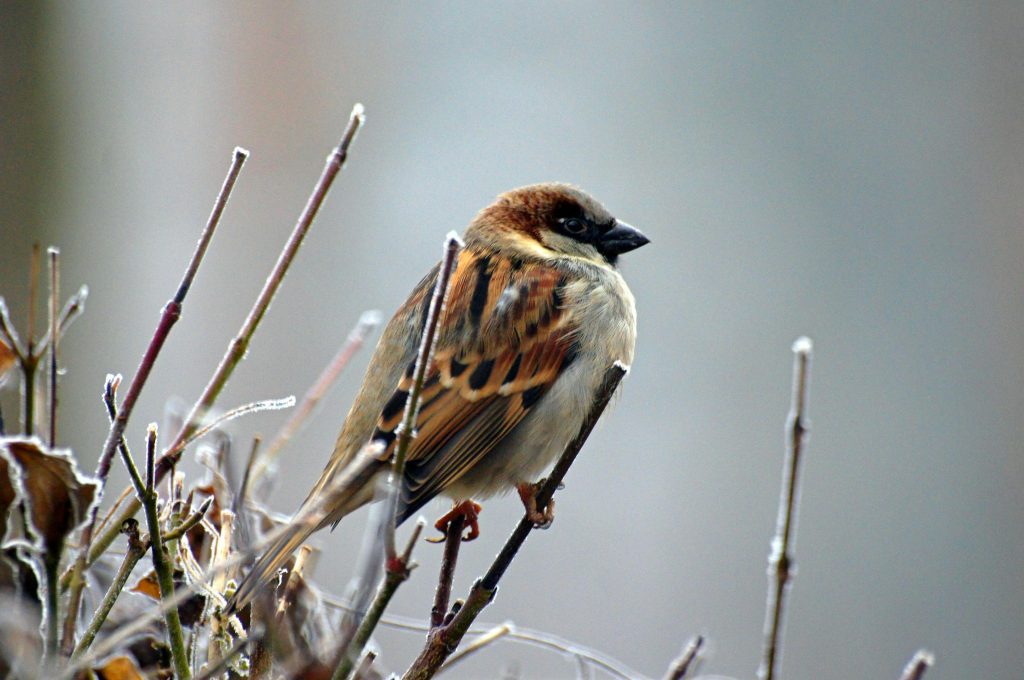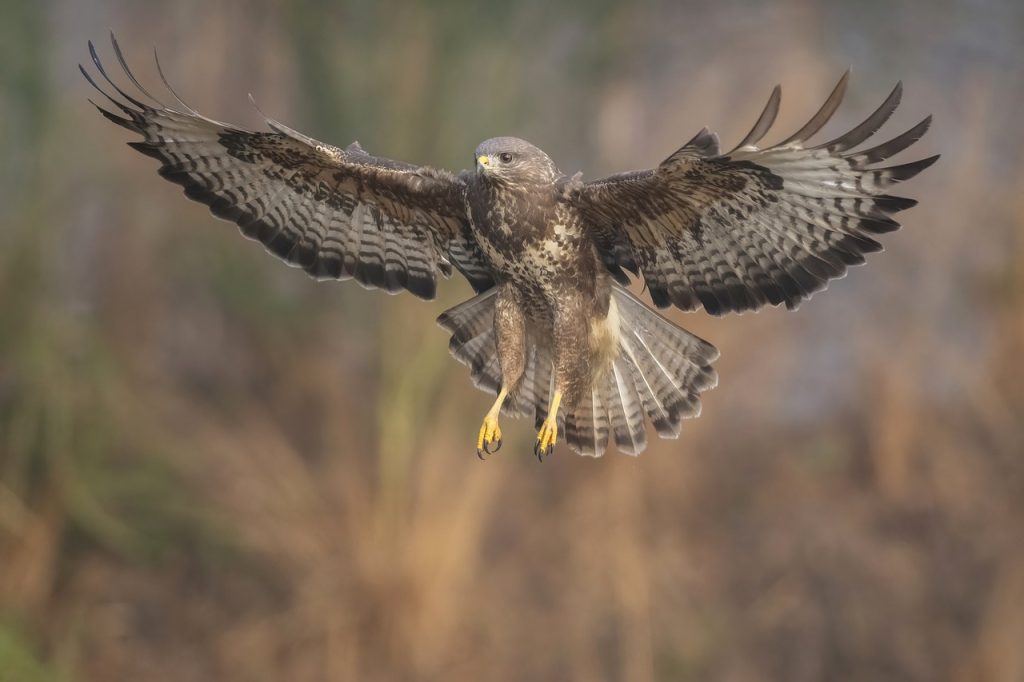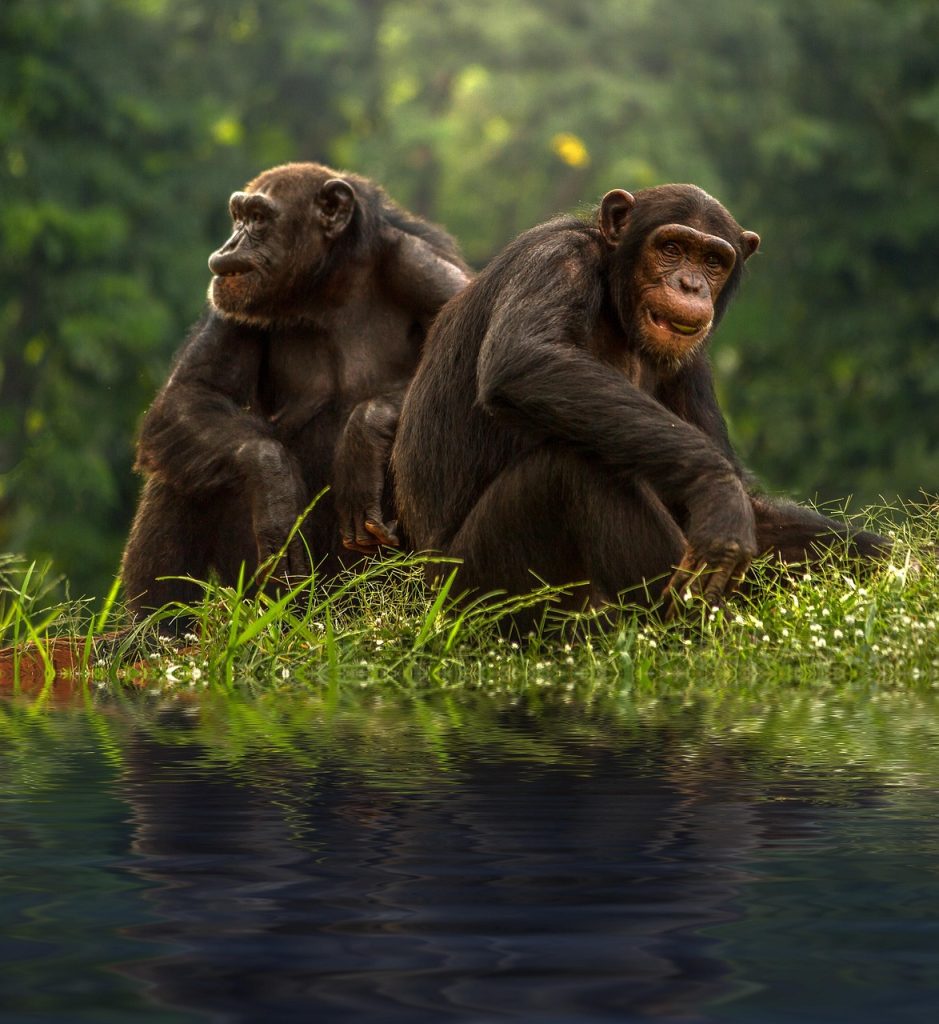What is World Basking Shark Day?
Have you ever heard of World Basking Shark Day? It’s that special time each year when people all over the world pause to celebrate one of nature’s most peaceful and fascinating creatures, the basking shark. Despite their massive size, these sharks are harmless filter-feeders that glide gracefully through the water with their mouths wide open, […]
What is World Basking Shark Day? Read More »
